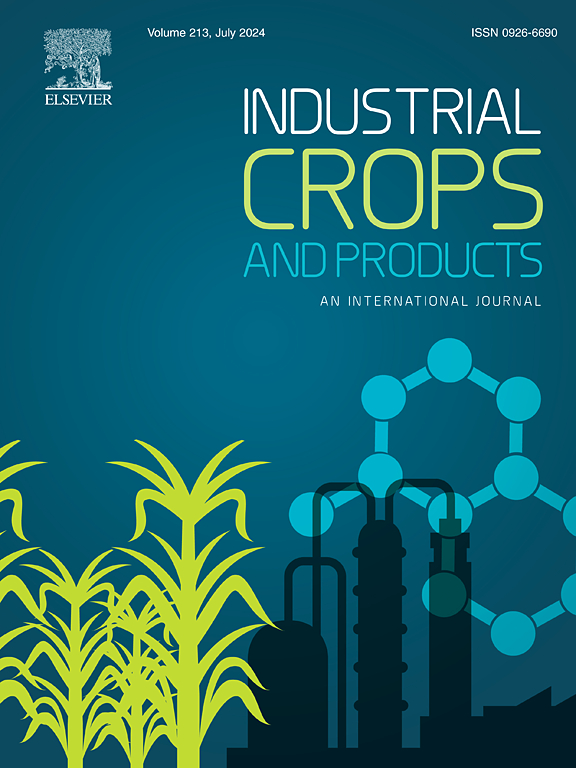A collagen/nanocellulose/lignin hydrogel dressing mimicking to the plant cell wall for enhanced wound healing and bacterial inhibition
IF 5.6
1区 农林科学
Q1 AGRICULTURAL ENGINEERING
引用次数: 0
Abstract
Skin injuries and burns are prevalent health concerns, complicated by drug-resistant bacterial infections. This underscores the urgent need for innovative antimicrobial wound dressings with superior performance. In this study, a biomimetic antimicrobial hydrogel dressing was developed, inspired by the function of plant cell walls to retain moisture and resist microorganism. The hydrogel was fabricated using recombinant human-like collagen (HLC) as a matrix, integrated with TEMPO-oxidized nanocellulose (TOCN) and soluble lignin. The results demonstrated hydrogen bond formation between cellulose molecules via hydroxyl (-OH) and protonated carboxyl (-COOH) groups. Furthermore, hydrogen ions (-H⁺) derived from acetic acid neutralized the carboxylate groups (-COO⁻) on the surface of TOCN, reducing electrostatic repulsion and enhancing van der Waals interactions among nanofibers, leading to their mutual attraction. Additionally, collagen molecules spontaneously assembled into fibrous structures. The hydrogel exhibited good water retention and antimicrobial activity, establishing an optimal microenvironment for wound healing. In vivo experiments using a murine wound model showed that HLC/TOCN/Lignin hydrogel effectively inhibited bacterial growth and promoted fibroblast proliferation and collagen deposition. In conclusion, this study presented a "multi-component synergistic" assembly approach to develop a biologically-based hydrogel dressing with good antimicrobial properties.

求助全文
约1分钟内获得全文
求助全文
来源期刊

Industrial Crops and Products
农林科学-农业工程
CiteScore
9.50
自引率
8.50%
发文量
1518
审稿时长
43 days
期刊介绍:
Industrial Crops and Products is an International Journal publishing academic and industrial research on industrial (defined as non-food/non-feed) crops and products. Papers concern both crop-oriented and bio-based materials from crops-oriented research, and should be of interest to an international audience, hypothesis driven, and where comparisons are made statistics performed.
 求助内容:
求助内容: 应助结果提醒方式:
应助结果提醒方式:


